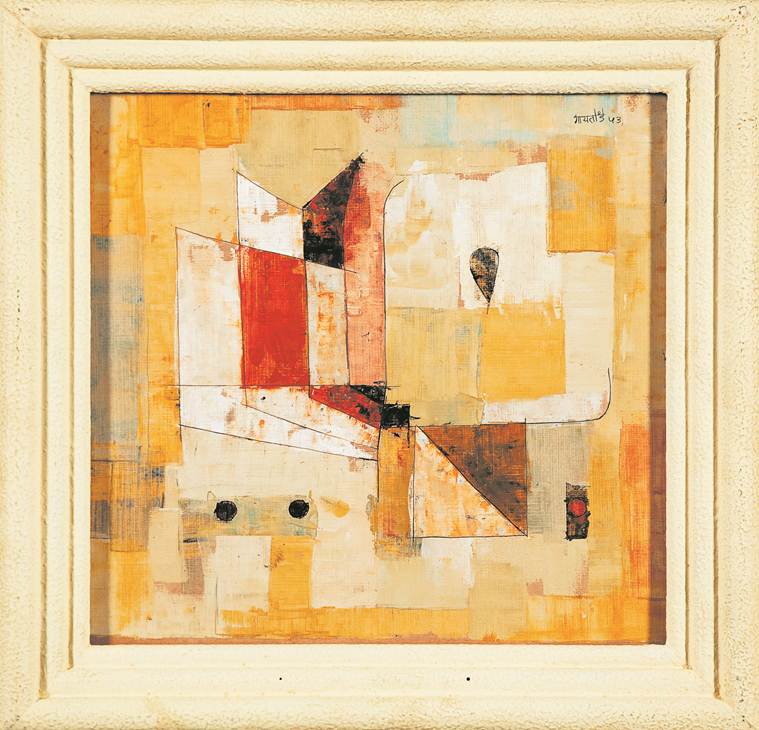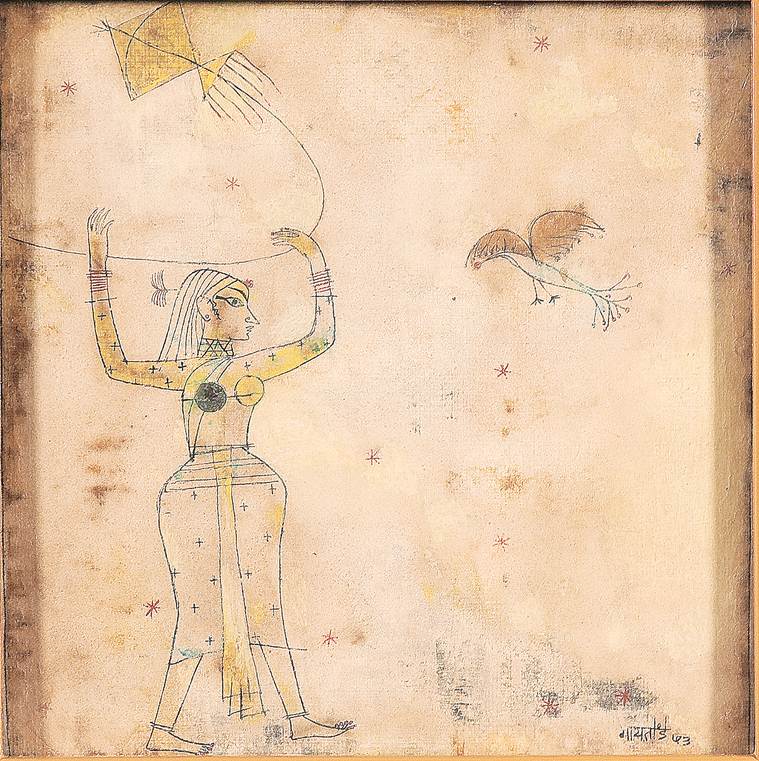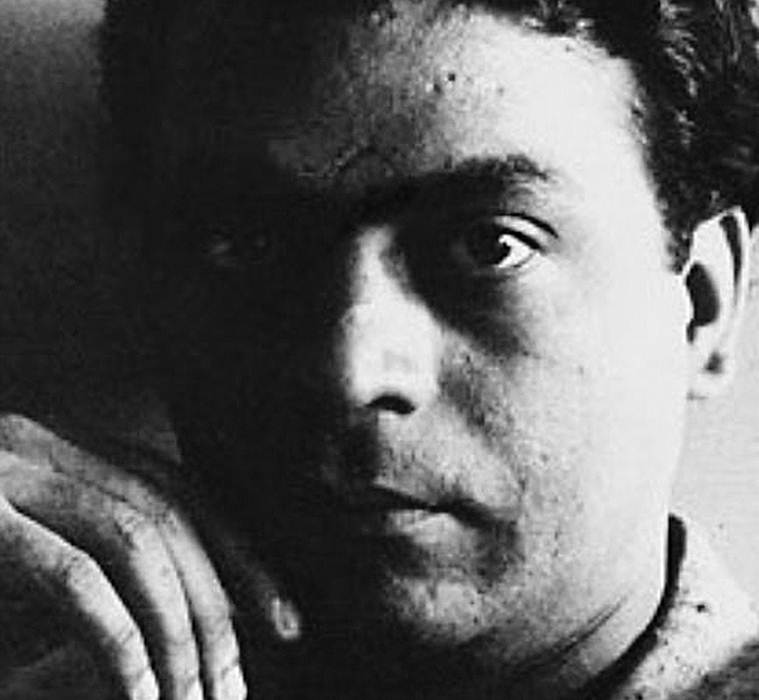
In Dadiba Pundole’s introductory note at the beginning of “VS Gaitonde, The Silent Observer”, the noted gallerist writes about his relationship with the famously reclusive artist: “The only work that was of any interest to him, he said, was the last one completed and the one he was working on. He was not concerned if the others remained or not. There were always two canvases visible in his studio: a completed painting hanging on the wall, and a canvas with a flat coat of uniform pigment on his easel. He would sit and contemplate that ground colour for days, maybe weeks, until he was ready to put paint to canvas.”

Inside the airconditioned confines of the Jehangir Nicholson Gallery, located on the second floor of the east wing of the Chhatrapati Shivaji Maharaj Vastu Sangrahalaya (CSMVS) in Mumbai, a motley crew of visitors walk around in silence. Some have stumbled upon the room by chance, others are there by design — they walk around as though they were participating in a theatre exercise, before suddenly stopping in front of a painting. They might be drawn in by one of many things — how a seemingly bare canvas comes alive with shades of blue, green, amber, white, instead of objects and figures; how forms and script appear and disappear in the blink of an eye; and how time has slowed down, allowing them to notice the light emanating from within the frame. Perhaps, they too are contemplating colour, as the artist once had.

Kamini Sawhney, curator, Jehangir Nicholson Art Foundation (JNAF), reckons that Gaitonde might have been pleased with that reaction; she certainly is. “His paintings are truly immersive. He was essentially a colourist. He never used a paint brush, only a roller and palette knives, creating translucent layers of colour,” she says.

“For the last two years, director general of CSMVS, Sabyasachi Mukherjee, has been talking about doing an exhibition celebrating Gaitonde, and other masters of modern Indian art, instead of waiting for museums outside the country to do it,” says Sawhney. She’s referring to the first retrospective of his work, “V.S. Gaitonde: Painting as Process, Painting as Life”, that was on show at the Solomon R Guggenheim Museum in New York from October 2014 till February 2015; it put the Nagpur-born artist on the global art map, nearly a year after the sale of an untitled oil-on-canvas for Rs 237 crore at Christie’s debut auction in India. It was time to bring him home.
“We researched to see if there had been any kind of exhibition in India of his work, which was not of a commercial nature, and there wasn’t one. Also, this city has two of the greatest collections of Gaitonde’s paintings — 14 at the JNAF, and five from the Tata Institute of Fundamental Research (TIFR), which people have not had access to. We sought to create a timeline of Gaitonde’s body of work. So there are early works from the TIFR collection — Women with a Kite and Two Women — when he was experimenting with stylised forms, colour and composition. We went to the Pundole Gallery, set up by Dadiba’s father Kali, who had been Gaitonde’s gallerist, till he passed away in 2001. They have a great collection, 13 works, and especially the ink and pen pieces that he did late in his career, as well as the ones that look like notations or hieroglyphics. The repetitions are mysterious and almost evoke a meditative mood, a way to look within,” says Sawhney. Three works, two from the Darashaw collection, and one from the Glenbarra Art Museum in Japan, round off the exhibition.
During his lifetime, Gaitonde refused to call his work ‘abstract’; he chose to refer to them as “non-objective art”, and only named a handful of his paintings. “We’ve chosen not to arrange the works chronologically. Instead, we’ve arranged them in a way so they can interact with one another and create corners of conversation. Gaitonde always said ‘don’t ask me what my work is about. Look at it and take what you can from it’,” says Sawhney.
In an interview for the Illustrated Weekly of India in 1991, Gaitonde had said, “Everything starts from silence. The silence of the brush, the silence of the canvas, the silence of the painting knife; the painter begins by absorbing all these silences and working together with it”. Sawhney says, “He adopted silence as a conscious position, to explore the depths of his personality, to discover his spiritual self. For Gaitonde to create, he needed that silence. In this exhibition, he’s not the only silent observer. As we immerse ourselves in his world, who is the silent observer?”.
The exhibition is on till December 25